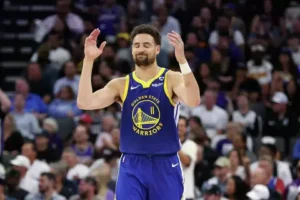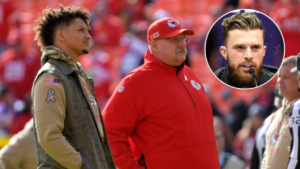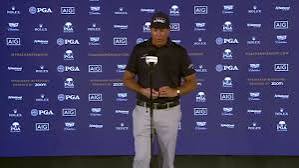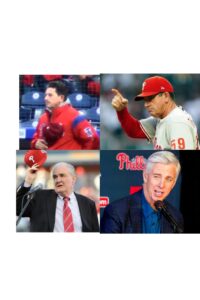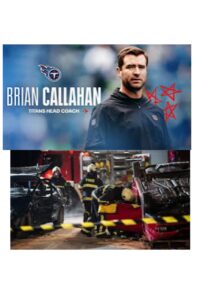
In a surprising turn of events today, Mike Dunleavy has been ousted from his role as manager of the Golden State team. This move has sparked considerable speculation and debate among fans and analysts alike, as the reasons behind his dismissal remain somewhat unclear.
LOne of the primary factors believed to have contributed to Dunleavy’s departure is the team’s recent performance. Golden State has struggled to maintain its competitive edge in the league, failing to secure a spot in the playoffs for the past two consecutive seasons. This decline in performance has undoubtedly placed immense pressure on Dunleavy and the coaching staff, as expectations for success are consistently high within the organization.
Another potential reason for Dunleavy’s dismissal could be attributed tmo strategic differences between him and the team’s management. Over the course of his tenure, there have been murmurs of disagreements regarding player rotations, tactical decisions during games, and overall team development. Such differences in vision and approach may have ultimately led to a breakdown in trust and communication between Dunleavy and the front office.
Beyond strategic and performance-related issues, the dynamics within the team itself may have played a pivotal role in the decision to part ways with Dunleavy. Reports have surfaced suggesting that there were growing tensions between the coaching staff and certain key players. Maintaining a cohesive and harmonious locker room environment is crucial for any successful team, and any disruptions in player-coach relationships can have significant repercussions on and off the court.
The fan base and stakeholders of the Golden State team have also voiced their discontentment with the direction in which the team has been heading under Dunleavy’s leadership. Season ticket holders and sponsors alike have expressed concerns about the team’s lackluster performance and its implications for the franchise’s overall brand and financial health. In professional sports, the opinions of fans and stakeholders often carry substantial weight in decisions regarding coaching personnel.
As Golden State looks ahead to the future, the search for a new manager will undoubtedly be a top priority for the organization. The incoming manager will inherit a talented roster with the potential to reclaim its status as a contender in the league. However, addressing the underlying issues that contributed to Dunleavy’s dismissal will be crucial in ensuring long-term success for the team.
In conclusion, while Mike Dunleavy’s dismissal as manager of the Golden State team has raised eyebrows across the basketball community, it appears to be a decision driven by a combination of factors including performance concerns, strategic differences, team dynamics, and stakeholder dissatisfaction. As the franchise navigates this period of transition, the focus will now shift towards identifying a new leader who can effectively guide the team towards achieving its goals and aspirations in the seasons to come.

